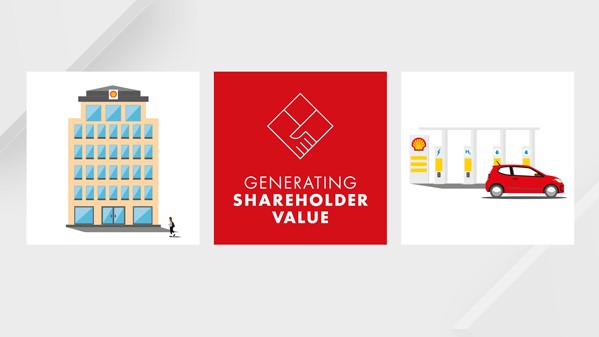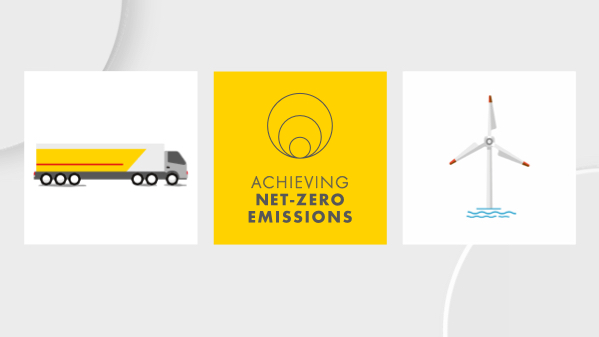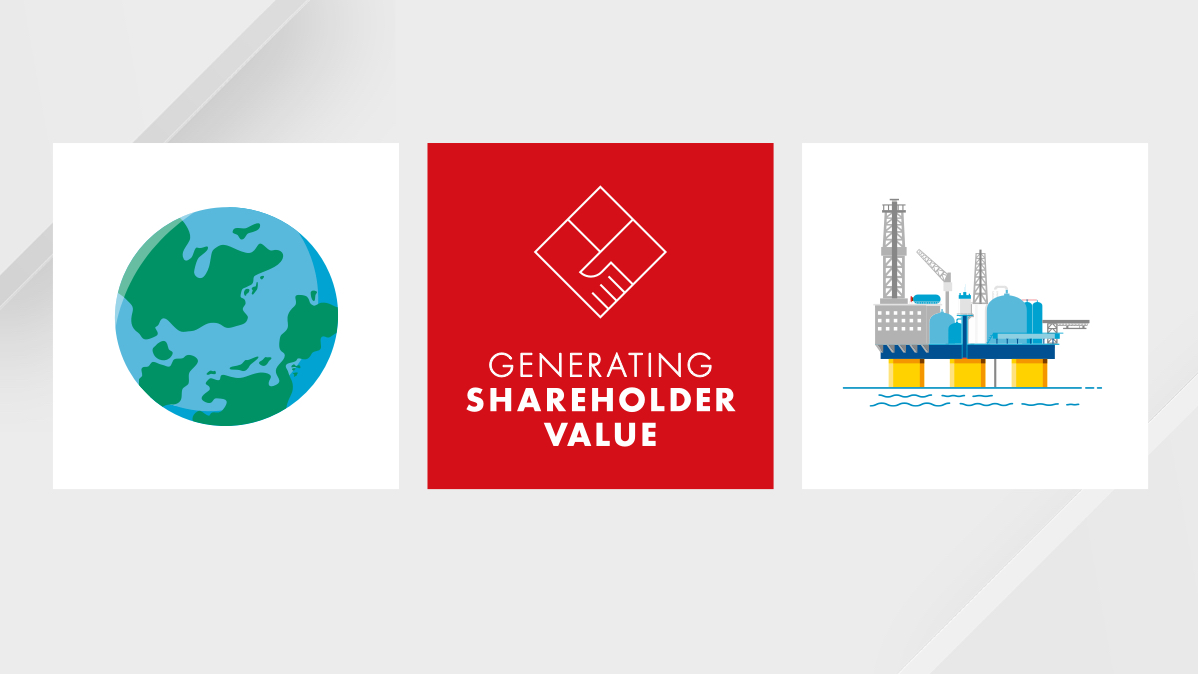Innovation for the future
Tax authorities are increasingly implementing or expanding digital tax platforms, requiring businesses to file tax data online and in real time. To meet these requirements, Shell is looking at ways to improve our accounting systems and our data quality through the use of technology, including analytical tools for testing, assessment and interpretation of data. In 2021, we continued developing a programme to implement a new central finance software platform and a new accounting system.
More and more countries are introducing digital VAT regimes that allow for the direct transfer of data from company reporting tools to the tax authorities. In recent years, these regimes were introduced in Spain, Hungary, Poland, Norway, France, Portugal and Luxembourg. In addition to digital VAT regimes, e-invoicing (submission of real-time electronic invoices) requirements are also on the rise and expected to grow in years to come.
Tax authorities are also increasingly requesting access to our accounting systems. We are improving our data management to meet compliance and transparency requirements more efficiently.
We are also developing and deploying software for our reporting of indirect taxes. The software standardises, reconciles and classifies indirect tax data, such as VAT, with the appropriate tax treatment, helping in the preparation of tax returns. The tool is being used in the Netherlands, Germany, the UK, France, Italy, Austria, Luxembourg and Belgium with further deployment planned in Asia-Pacific, namely Thailand, Australia, Indonesia; and in the USA.
To support indirect tax audits in the USA, we introduced our first in-house advanced data analytics tool using machine learning software in 2021. We plan to test this tool further before potentially deploying it globally.

In certain jurisdictions it is often referred to as a Goods and Services Tax (GST) or equivalent. See GST.









